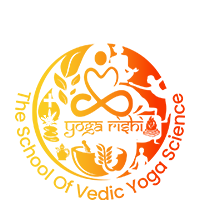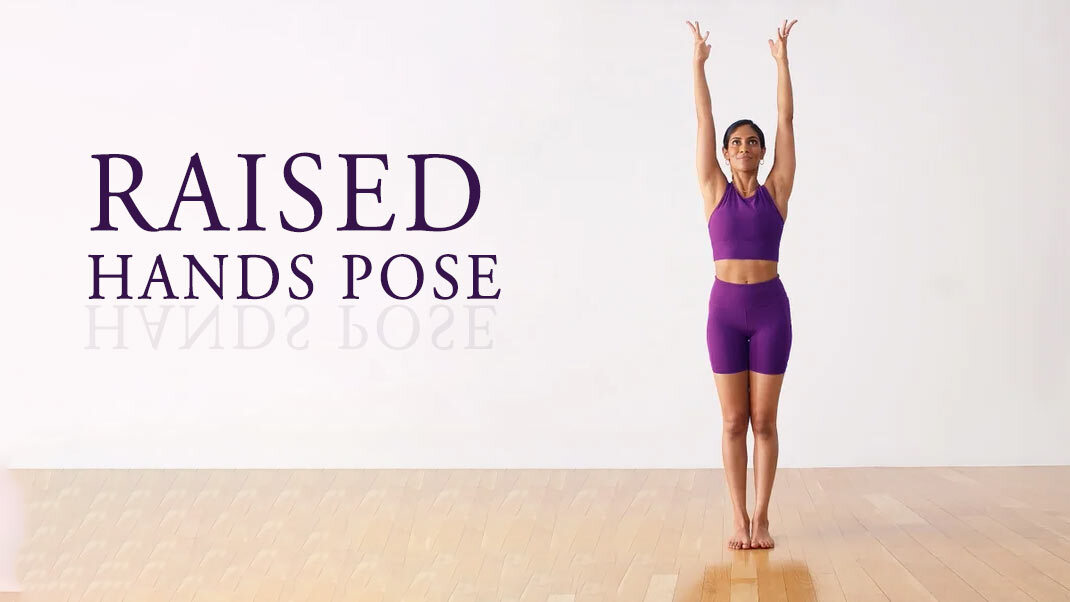
Transform Stress into Serenity with Transcendental Meditation
Introduction:
The importance of meditation has grown in our quick-paced modern environment. Significant amounts of tension are frequently a feature of contemporary living. Our emotional and psychological well-being may be negatively impacted by this unrelenting pace, which can result in anxiety, stress, burnout, and other health problems.
An effective remedy for these difficulties is meditation, which gives a haven of peace in the middle of the commotion. People may develop an increased level of self-awareness, lower stress, sharpen their attention, and increase their emotional strength by setting aside even a little time each day for meditation practises.
Additionally, meditation enables us to decompress, refuel, and rediscover equilibrium, thereby promoting a more balanced and composed way of coping with the pressures of contemporary life. Today, we will learn what is transcendental meditation, how to do transcendental meditation, and its benefits.
The Transcendental Meditation and its Origin:
A well-known meditation method called Transcendental Meditation was developed during the 1950s by the Indian spiritual leader Maharishi Mahesh Yogi. He emphasised the fact that this meditation method was open to everyone from all walks of life since it did not relate to any particular religious or philosophical principles.
The method itself involves relaxing pleasantly with eyes shut and quietly reciting a certain mantra, which can be a nonsensical word or sound picked for its vibratory qualities. The goal of practise is to smoothly transcend the mind to a profound level of relaxed mindfulness. This method seeks to encourage the natural habit of enabling the brain to calm down into a state of profound inner quiet, in contrast to certain conventional meditation techniques that require focus or attention.
This approach developed over time, and centres offering classes and instruction in the practise have been built all around the globe. Worldwide, there are countless practitioners, including well-known individuals like the Beatles and David Lynch.
How Transcendental Meditation is Performed Step by Step?
After learning about what is transcendental meditation, let us have a look at the procedure. To promote inner calm and profound relaxation, this meditation contains a set of stages. Here is a detailed instruction of how to do transcendental meditation:
- Locate a spot where you can sit quietly and comfortably while closing your eyes.
- Choose a mantra, which is a phrase or sound that is uttered silently throughout meditation and is picked for its vibratory qualities.
- Straighten your back while sitting comfortably, either in a chair or on the ground with your legs crossed. With your palms pointing up, place your hands on your lap or knees.
- Shut your eyes softly to help you eliminate outside distractions and concentrate on yourself.
- Start mentally reciting the selected phrase out loud. Permit the mantra to be said naturally without straining or paying attention to it. Other ideas will inevitably come to mind; when they do, simply redirect your focus back to the phrase.
- Allow yourself to release of any attempts to manage your mental processes or sensations while you keep on repeating the mantra. As you enter a level of inner stillness, let the mantra to evolve into more subdued and soft.
- The goal is to rise above regular cognition and into a profound level of peaceful awareness, where you feel calm and at content.
- Two times every day, in the early morning and in the evening, devote roughly 20 minutes to practising it. To make certain you meditate for the allotted time, set a timer.
- After twenty minutes of meditation, gradually cease repeating the mantra and meditate for a few minutes while keeping your eyes shut. Deliberately allow yourself to become attentive to what is going on around you.
- Open your eyes gradually when you’re ready to do so, and then take a few seconds to come back to normal consciousness.
What Mantras are Chanted During Transcendental Meditation?
The transcendental meditation mantras are particular to every single practitioner. A professional instructor provides them after evaluating the requirements and characteristics of the learner. These are primarily Sanskrit phrases or syllables, and are said to soothe the mind and have other positive effects. Throughout the practise, one quietly repeats the mantras to themselves.
Some popular ones are:
- Om
- Aum
- Soham
- Shanti
- Peace
- Love
- Light
- Joy
- Happiness
It’s crucial to remember that a licenced teacher should be the only one to impart this skill. This is to ensure that the teacher can pick the appropriate mantra for each student as well as give instructions on how to conduct the meditation correctly.
Unleash the Benefits of Transcendental Meditation:
Transcendental meditation has a number of advantages that are frequently noted, including:
- It is well renowned for its capability to ease tension and encourage relaxation. Daily exercise can help people better handle their daily expectations by lowering their body’s stress reaction.
- Practitioners frequently claim enhanced decision-making abilities, greater cognitive capacities, and improved clarity of thought. Focus and attention may improve as a result of its relaxing effects on the mind.
- By enabling the mind to access higher levels of awareness, the practise is said to foster original thought and problem-solving abilities
- It could lead to more psychological stability and a happier attitude on life. Many practitioners report feeling less depressed, anxious, and moody.
- A profound state of relaxation takes place on, but it has also been connected to better vitality and general energy levels.
- Habitual practice leads to enhanced quality of sleep and a capability to fall asleep quicker.
- According to certain research studies, it may help decrease blood pressure, which lowers the likelihood of cardiovascular problems.
- Transcendental meditation has been linked to higher brain synchronization and connectivity across various brain areas, which could boost memory and thinking abilities, according to brain scans.
- It is frequently associated with a sense of general well-being, a state of balance and peace in life.
Conclusion:
It’s advised to get in touch with a qualified instructor if you’d like to participate in learning transcendental meditation. They can direct you with the process, give you the right instructions, and designate an appropriate transcendental meditation mantras for your practice, which is one of the key components of this method.








